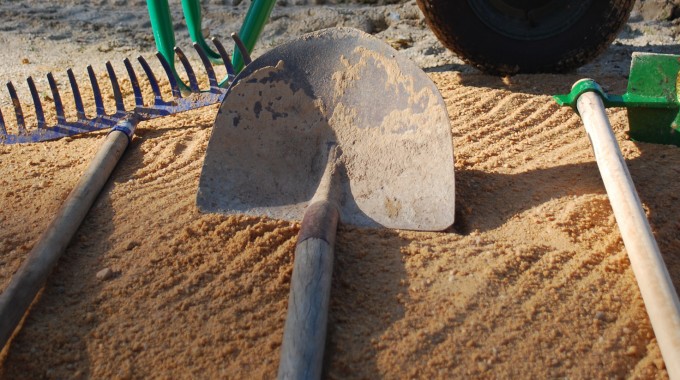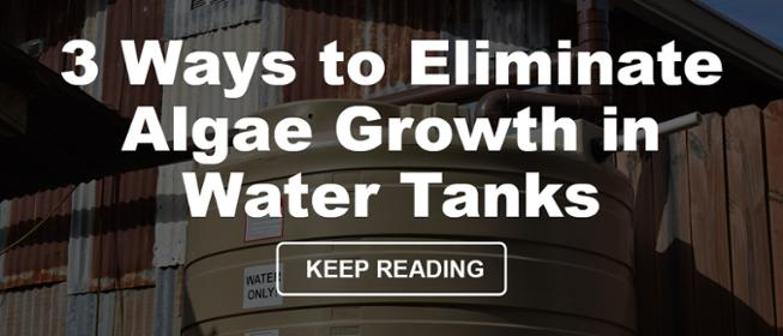
Once you have purchased your water tank, the next step to consider is how are you going to install it. There are several best practices that need to be considered to ensure your water storage tank is in a safe position. You also should be concerned about how you will be using it. This factor influences what tools you will need and whether you can do this by yourself.
What will you be using your Water Storage Tank for?
As previously stated, before you install your tank, you must consider how you will be using it. To briefly describe what you can use your new tank for, I have created a helpful list so you can quickly identify what class you are in.
Here are 5 common ways to make best use of your water storage tank:
- Rainwater harvesting - What type of Water Tank is best for rainwater harvesting? [Blog]
- Garden and lawn watering
- House appliances - Will algae grow in your water storage tanks? [Blog]
- Swimming pool
- Livestock watering
If you are going to use your water tank for one of these applications, let's now consider the 3 step process on how to install your tank. Some of these uses, if not all of them require connecting them to your house or shed roof to collect water.
A 3 Step Process on how to Install a Water Storage Tank:
Installing a water tank can be very simple now you know what you will be using it for. Here is a quick process that I found very easy to understand.
1) Prepare the tank base - There are 2 types of bases you can prepare for a water storage tank. Concrete and compacted material.
- Concrete Base - Pour a 3” reinforced concrete slab that is exactly level and flat in all directions, and is larger than the diameter/base dimensions of the vertical tank. Ensure that the soil base is suitably compacted before pouring the concrete.
- Compacted Material - Create a 3” pad of compacted crusher dust/road base which must be at least 24" larger in diameter than the water tank. The tank base must be free from any rocks or stones or any sharp or foreign matter that may damage the base of the tank. This base must be thoroughly compacted and be exactly level and flat in all directions. The outsides of the base must be supported by a retaining wall of some kind to ensure that no erosion can occur through washout, vermin or any other factor.
2) Fit the overflow drainage pipe - If you purchased your tank from Enduraplas, your fitting may already be installed (unless otherwise specified). Piping should then be connected from the fitting into the storm water drainage system, or taken to a point well clear of the tank where it will not undermine the base.
3) Install your fill pipes from your roof - It is now time to fit your pipe that goes from your roof to your tank lid. If you are using the water in your tank for human consumption, please speak to your local dealer regarding what filters you will need. It is also important to ensure your filter basket is in place in the lid in your water tank.
Now you have a basic idea of how to install a water tank for storage, you're set to go! Please note, the direction provided in the 3 step process is only a recommendation and is not mandatory.


